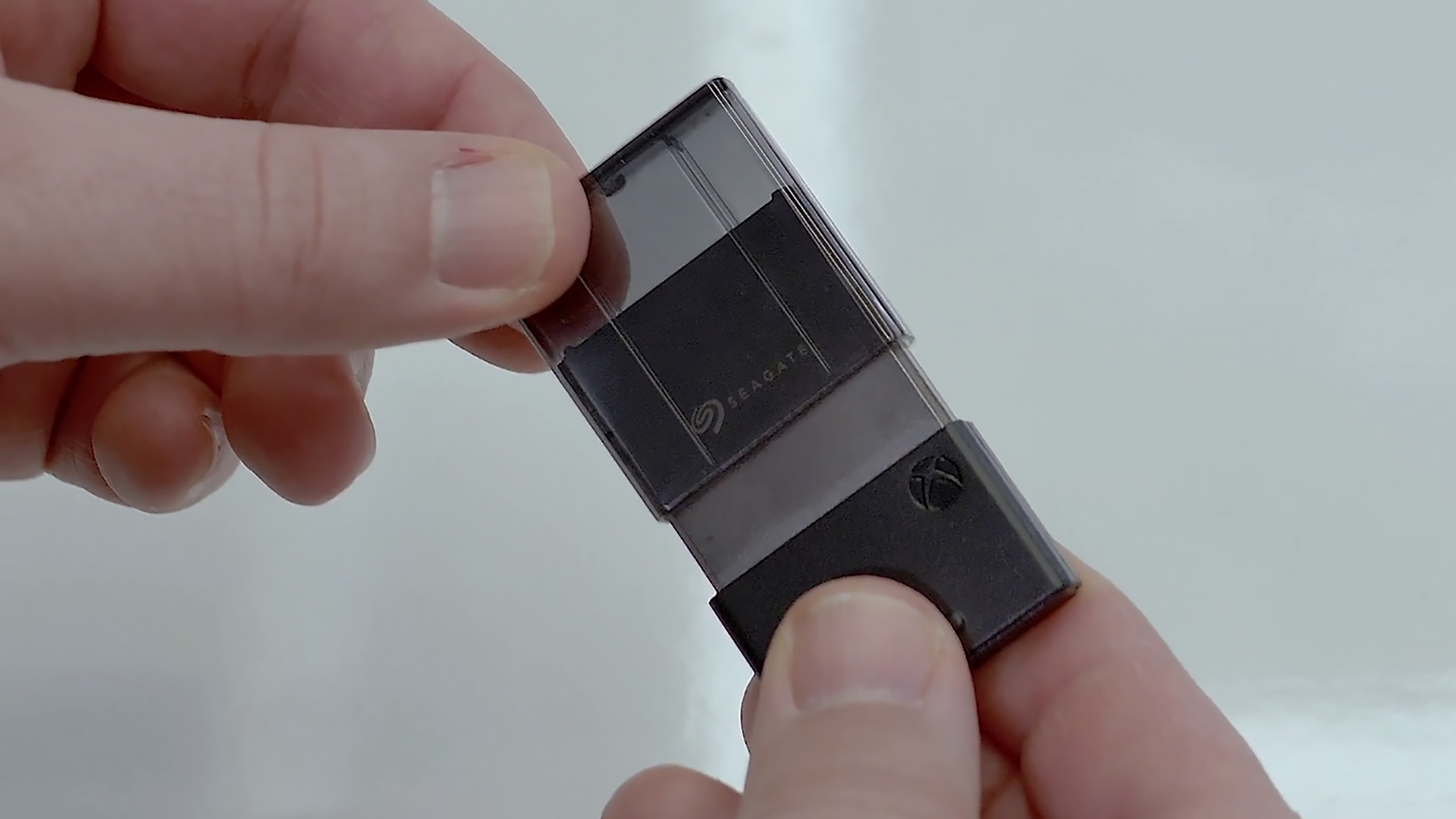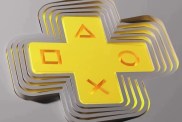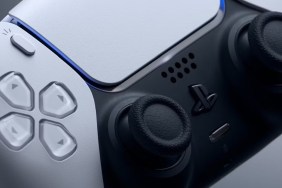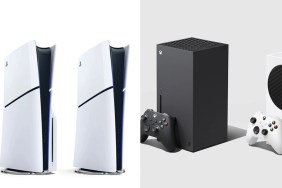Remember the PlayStation Vita? Remember how it required proprietary SD cards in order to expand the storage, cards that were not just exclusive to Sony, but also ridiculously expensive compared to the comparable standard SD cards used in everything else? Next-gen consoles may face the same issue as huge leaps in technology mandate very specific storage solutions, namely proprietary external memory cards.
USGamer reported on this facet of today’s Eurogamer/Digital Foundry spec breakdown of the Xbox Series X. Because of the fundamental structure of the console architecture, standard external storage solutions just aren’t going to cut it. Developers are going to be developing at a specific baseline that assumes all players have their games stored on a solid-state drive (among other much more complicated factors involving how the system utilizes that storage for additional processing). For the Xbox Series X in particular, you won’t be able to plug in a USB HDD—or even a USB SSD—to get an extra couple of terabytes to store games. The Digital Foundry hands-on breakdown of the Series X internals confirmed that Microsoft is using a proprietary solution developed by Seagate. The custom-built NVMe SSD cartridges plug into a dedicated proprietary external memory port.
What does that mean for you, the player? You won’t be able to use the external USB drives you have laying around (this hits me quite hard. I’ve currently got three I use with my PS4, themed with various different game installs; one for VR, one for games I’m pursuing the Platinum in, etc.). Even if those drives are solid-state, the Series X will only support the proprietary expanded storage solution. (One thing to note, however, is that the Series X will still support USB hard drives to store and run Xbox One and Xbox Backwards Compatibility titles, which were not developed with the Series X unique architecture as a baseline.)
And it’s not just for storage! The Xbox Series X can make use of the drive for computational processes as well. But it can only do that effectively because it’s a known quantity—an optional accessory of one specific type that means Microsoft doesn’t need to account for multiple variables like differing read/write speeds and slower connection protocols. But it’s going to come at a cost.
As for pricing? USGamer has some thoughts on that. The 1 TB USB 3.0 Game Drive for Xbox One goes for a suggested retail price of $214.99. NVMe SSDs are not cheap, and add that it’s a proprietary cartridge? It’s expected that you’ll probably be paying around $250 for this expanded storage solution if you want additional space to store games on your Xbox Series X.
What does that mean for PS5 External Storage?
Sony is notably more open in allowing players to easily swap out the internal hard drive of PlayStation systems. Both the PS3 and PS4 were relatively easy to do, with the PS4’s design actually allowing players to easily slip off the side cover to access the internal hard drive. It also supports external USB drives for game storage and save files. The Vita, on the other hand, shows that Sony has had some closed systems requiring expensive proprietary options. Recent rumors said that the PlayStation 5 SSD could be the Samsung NVMe SSD 980 QVO, so the expectation is that it will be using the same NVMe drive protocols that the Xbox Series X is.
Sony will likely need to mandate some sort of baseline with the PS5 as well. Just like the Xbox Series X, the architecture of the next-gen console relies on the internal solid state drive at the center of it. Sony can’t just allow for PS5 games to be stored on any old USB hard drive if developers are creating games with certain specs in mind. That said, there were rumors circulating that a solid-state external drive being shown at PAX East could be one of the first external PS5 storage solutions, and it’s not proprietary.
Xbox’s decision to go with a proprietary expanded storage solution allows them to utilize unique features like resuming suspended states among multiple games almost instantly. No matter what Sony decides to do, it’s almost certain that most if not all of the standard USB drives you have sitting around won’t work with the PS5 (except with backwards compatible titles not developed with solid-state as a baseline).
The good news is that solid-state drives could mean smaller game sizes overall—devs currently duplicate assets for faster loading on disc-based drives—which might stave off the need for additional extended storage for a time. Ironically, we’re getting back to a time when memory card of old, like those that slotted in above your PS1 and PS2 controller ports, might be making a kind of comeback. But instead of that 32 MB memory card allowing you to hold your Tony Hawk game saves, this will be a much more expensive 1 TB memory card allowing you to hold an entire Tony Hawk game and then some. But no matter which direction Sony decides to go, expanded storage solutions aren’t going to be cheap next gen.
Sony isn’t talking about the PS5 just yet, even though Microsoft has essentially now offered a full breakdown of what the internals of an Xbox Series X look like. Microsoft also doubled down on a Holiday 2020 release window despite coronavirus concerns having some analysts predict a delay for one or both next-gen consoles. Sony has a bit of life left to squeeze out of the PS4 though, with games like Final Fantasy VII Remake, The Last of Us Part II, and Ghost of Tsushima still to come in the first half of this year.









